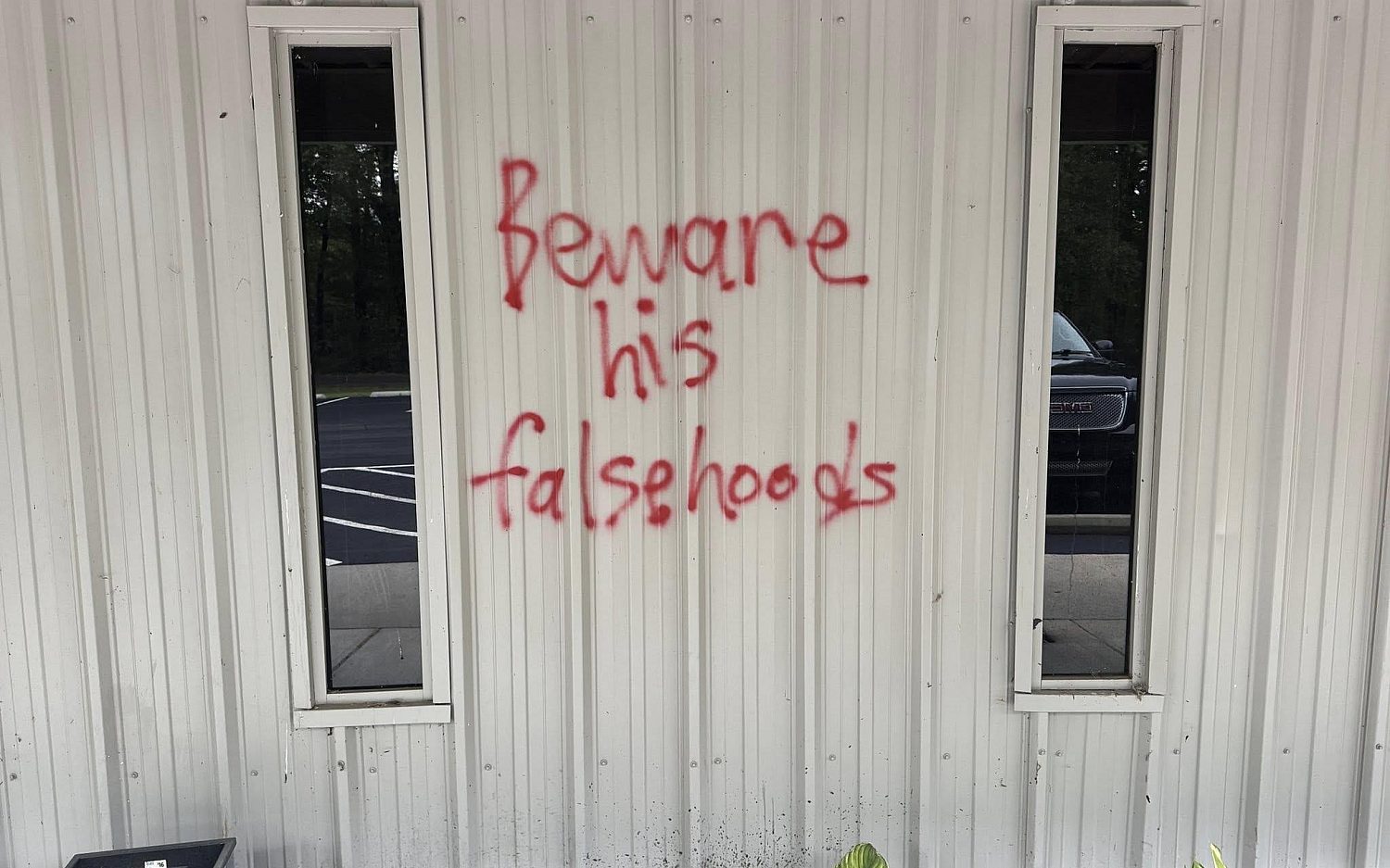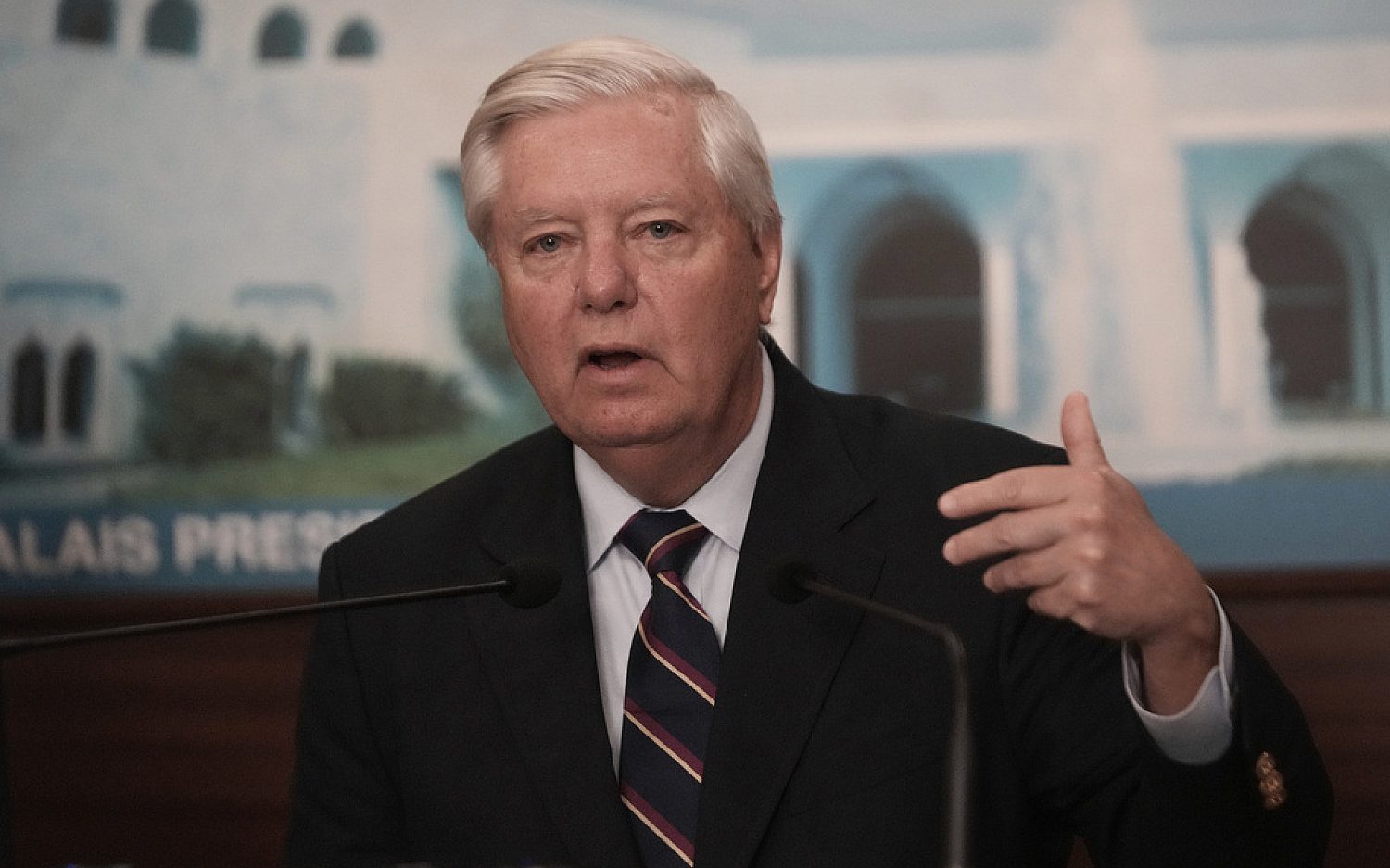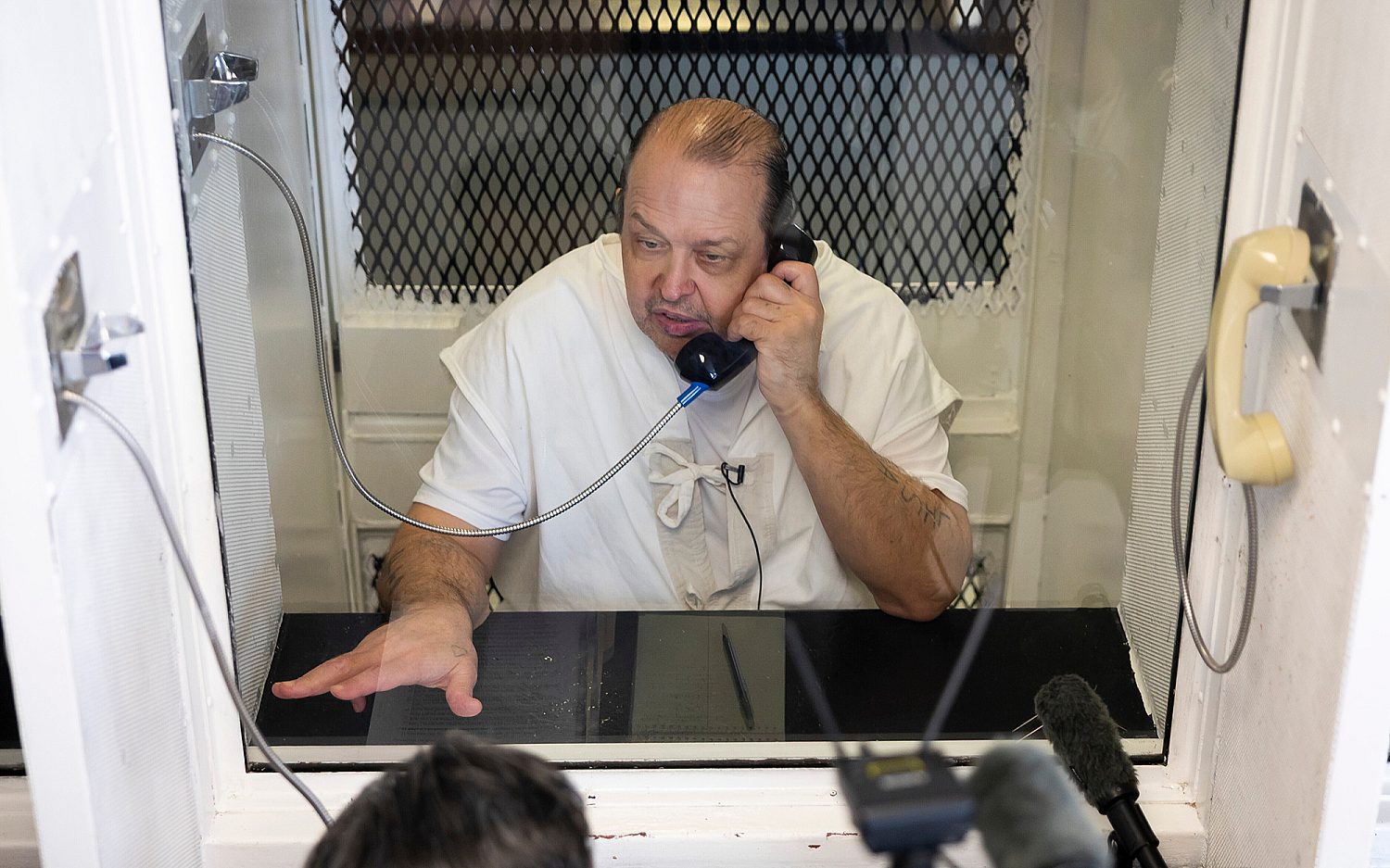Coming to a TV near you
With a tightening race for the White House, battleground states face a continuing stream of campaign ads
While the term “blockbuster” usually belongs to the box office-busting movies of summer, it is safe to say that politicians direct the only record-setting blockbusters occurring on the airwaves this fall.
With a little more than two weeks before Election Day, the grand total spent on presidential campaign advertising has already surpassed the amount shelled out for commercials during the entire 2008 presidential race. This year’s advertising total of nearly $725 million so far is roughly equal to the combined box office receipts from this year’s hit summer films The Dark Knight Rises and the Amazing Spider-Man. The campaigns and their surrogates forked over $57 million for television commercials alone for the week ending Oct. 5.
But, as the two campaigns and their allies accelerate the barrage of commercial messages in the coming weeks, most of the nation may not even notice.
President Barack Obama’s contest against Republican challenger Mitt Romney is a fight over the 270 electoral votes needed to win the White House. And the front lines of that war are located in just a handful of battleground states: Colorado, Florida, Iowa, Nevada, New Hampshire, North Carolina, Ohio, Virginia, and Wisconsin. While these nine states have shared the political spotlight all year, some pollsters lately are starting to include the states of Michigan, Pennsylvania, and New Mexico. Whoever wins the majority of the 151 electoral votes in these 12 states will be well on his way to securing the presidency.
If you are from one of those states, then prepare to be annoyed by the final commercial onslaught. That is if you are not already fed up with the flood of commercials, mailings, phone calls, and door knocks you have endured already.
If you live in the nation’s other 38 states, sit back and enjoy the last presidential debate Monday night, because that may be the final time you see and hear from both candidates until one gives a concession speech and the other enjoys a victory celebration on Nov. 6.
President Obama won all 12 of those battleground states in 2008 by an average of 7.5 points. Like four years ago, the crown jewels for both candidates are Florida, Virginia, and Ohio. To prove that fact you only have to follow the money: Out of the $700 million-plus spent on commercials so far, a whopping 56 percent has gone to media outlets in these three states alone. In one recent week the two parties spent a combined $11.4 million trying to reach Ohio voters, $12.6 million in Florida, and $10.5 million in Virginia. So it’s a good time to be a TV ad salesman if you live in Orlando, Cincinnati, or Richmond.
These states mean everything for Gov. Romney. They each went Republican in the two presidential elections won by George W. Bush. In fact, no Republican has ever won the presidency without carrying Ohio. Polls in September showed Obama widening a lead in Ohio and Florida, but then came the first debate, and now the polls have tightened, and the battle will intensify in the Sunshine State and the Buckeye State.
With Floridians suffering under an unemployment rate of 8.8 percent, Republicans are focusing their message on jobs. In Ohio, where the unemployment rate of 7.2 percent is below the national average, Romney is trying to connect with working class voters to convince them that the Ohio economy could be much better. The candidates are facing two Virginias: the mostly rural southern parts, where joblessness is high, and Northern Virginia, where cities close to Washington, D.C., enjoy a robust economy fueled by contracts with the federal government.
Democrats have an edge in registered voters in many of the battleground states, but that advantage is smaller than the one enjoyed by the party in 2008. This year Democrats hold a 450,000 edge in voter registrations in Florida, down from the roughly 610,000-voter advantage four years ago. Decreases in the registered voter advantage for Democrats also have occurred in Pennsylvania, North Carolina, and Iowa. With Democrats holding commanding leads in states with solid Democratic support and high Electoral College votes, such as California (55), New York (29), and Illinois (20), the battleground states are of particular importance to Romney in the race to 270.
The former Massachusetts governor is hoping that he can recapture North Carolina and Virginia for the Republican Party—states that long belonged to the GOP but went for Obama in 2008. Indiana also is traditionally a red state that voted for Obama four years ago, but it is not considered a battleground state this time around in the presidential race, with the Romney-Ryan ticket set to pick up the Hoosier State’s 11 electoral votes.
But Romney will need more than just Indiana to swing back to the Republican side. He is even looking to pull out upset wins in states like Pennsylvania, Michigan, and Wisconsin. Those three states haven’t gone Republican in the last five presidential elections (six for Wisconsin). Throw in Ohio and these form part of the industrial Rust Belt states, and these states may be in play due to the struggling manufacturing sector of the economy. What gives the Romney campaign hope is the fact that the GOP swept the governor and Senate races in these states in 2010. A Romney win in any of them may signal a good night on Nov. 6 for Republicans.
An X-factor for the swing-state battle is the nation’s growing Hispanic population. Twenty percent of the increase in the U.S. Latino population over the last decade has occurred in five battleground states: Florida, Colorado, Nevada, North Carolina, and Virginia. While all those states went Republican in most presidential contests since 1980, they all voted for Obama four years ago.
And those aren’t the only battleground states undergoing a changing demographic. According to U.S. Census data, the Hispanic population between 2000 and 2010 grew in Pennsylvania by 83 percent, in Iowa by 84 percent, in Ohio by 63 percent, and in New Hampshire by 79 percent. Republicans must improve their outreach to Hispanic voters who continue to vote for Democrats in heavy numbers or these states may be blue for some time.
Despite the millions already spent on advertising, voters in the battleground states should brace for more campaign commercials. The Center for Responsive Politics notes that in 2010, the final month of spending made up 56 percent of the total reported spending for that election cycle.
Republicans began October with $191.2 million in cash on hand. Granted, Obama and the Democratic committees affiliated with his campaign raised $181 million in September, a record for an incumbent president. That bested Romney and Republicans committees that month by $11 million.
But such comparisons do not count the non-party spending that tilts heavily this year toward Romney and the GOP. Presidential campaign advertising numbers from April through Oct. 12 found that pro-Romney ad spending exceeded pro-Obama spending by about $65 million across these nine battleground states: Colorado, Florida, Nevada, New Hampshire, North Carolina, Ohio, Virginia, Iowa, and Wisconsin.
The bottom line: If you live in one of these states you will be able to recite numerous campaign ads from memory whether you like it or not. Some of you probably already can.
An actual newsletter worth subscribing to instead of just a collection of links. —Adam
Sign up to receive The Sift email newsletter each weekday morning for the latest headlines from WORLD’s breaking news team.





Please wait while we load the latest comments...
Comments
Please register, subscribe, or log in to comment on this article.